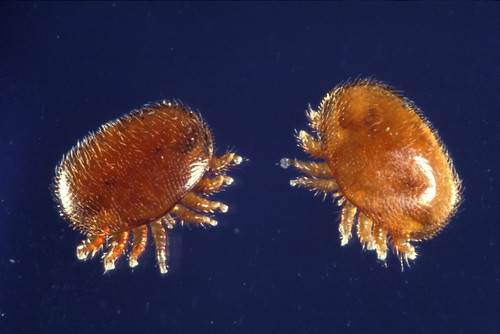Helping Honey Bees’ Health
May 14, 2014
Editor’s Note: USDA’s blog post, below, discusses the complex, multi-variate challenges to bee health–with a particular emphasis on the role of the Varroa destructor. The USDA discussion of bee health serves contradicts the discredited work found in the Lu et al study conducted by Harvard University.
Two years ago CRE initiated a detailed review of the role of Varroa mites in bee health decline. Subsequent to the review CRE advised EPA that:
Finally, a substantial number of recent scientific studies conclude that Varroa Mites are the major cause of bee health decline, not clothianidin. Consequently there is no basis for suspending the registration of clothianidin.
From: United States Department of Agriculture
Posted by Kim Kaplan, ARS Information Staff and Brian K. Mabry, USDA Office of Communications
This post is part of the Science Tuesday feature series on the USDA blog. Check back each week as we showcase stories and news from the USDA’s rich science and research portfolio.
You’ve probably heard that the honey bees in this country are in trouble, with about one-third of our managed colonies dying off every winter. Later this week, we will learn how the honey bees survived this winter. With severe weather in a number of areas in the U.S. this winter, a number of us concerned about bees will be closely watching the results.
While scientists continue work to identify all the factors that have lead to honey bee losses, it is clear that there are biological and environmental stresses that have created a complex challenge that will take a complex, multi-faceted approach to solve. Parasites, diseases, pests, narrow genetic diversity in honey bee colonies, and less access to diverse forage all play a role in colony declines. To confront this diverse mix of challenges, we require a mix of solutions – the odds are that we won’t find one magic fix to help our honey bees.
The parasitic mite Varroa destructor remains the major factor in overwintering colony declines. The varroa mite’s full name is Varroa destructor, and it is perhaps the most aptly named parasite ever to enter this country. An Asian native that arrived here in 1987, Varroa destructor is a modern honey bee plague. The problem is that varroa mites are becoming resistant to the miticides used to control them. And while there are folk remedies and organic treatments, none of those work as well. New treatments are in the pipeline, but another miticide can only be a short-term solution as the cycle of new treatment and new resistance continues.

Leave a Comment